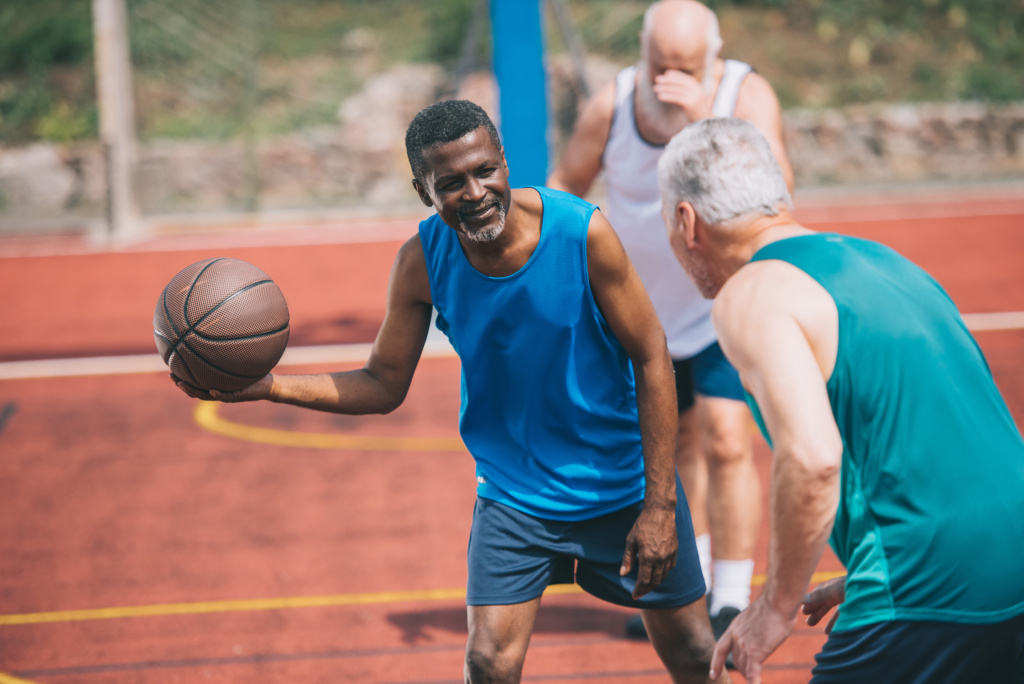Chronic Pain and Acceptance
Accepting your body and diagnosis is one of the first steps in healing
By Lisa Iannucci, CTW Features
Tara Mandarano has been suffering from chronic pain for more than a decade after being diagnosed with fibromyalgia and endometriosis. It’s been a long road for her to accept her condition and learn how to live her best life, but she’s getting there.
“Coping with a chronic illness is an ongoing process, and every person deals with it differently,” said the 41-year-old. “For me, it’s about trying to keep my stress levels in check, since there is a significant connection between our mind and our physical health.”
In an article published in Practical Pain Management, associate editor Steven Aliano compares the stages of chronic pain acceptance to the Kübler-Ross model, which outlines the progression of the emotional stages of grief — shock and denial, anger, bargaining, fear and anxiety, depression and acceptance, and hope.
“Acceptance does not mean willfully accepting the pain, but rather, means that you are ready to accept yourself—and your diagnosis—without judgment,” he writes. “Some patients come to grips with accepting their chronic pain fairly quickly, while others may never reach this crucial step.”
When she has good days, Mandarano makes sure to get out and do things that she enjoys, like having coffee, browsing in a bookshop or enjoying a family activity. “I make the most of these moments since I know the following day I could be bed-bound and alone, just trying to stay ahead of the pain,” she said. “Some days it’s a struggle to remain optimistic. I go to therapy, take medication and write my way through it.”
She said that writing helps her to process her experiences. “The silver lining is that by publishing or posting about my life, other people with chronic illnesses feel seen and heard,” said Mandarano. “My mission is to validate and spread awareness of how these invisible illnesses affect ordinary lives.”
Gwenn Herman was dropping off her daughter at preschool when another car rear-ended her, causing a concussion and spiraling her into 24 years of chronic neck pain. “I’ve never had pain like that in my neck before, and it went into my head and felt like a power drill was in there,” said Herman.
She became furious at her own body, the woman who hit her and the fact that her husband had to take over everything. “I lost a lot of confidence in myself, and my social work friends left me after my operation, so it became isolating,” she said. “People thought I looked normal when I was out but didn’t realize I was in the house for a whole week. This pain was ruining my whole life.”
She finally found a neurologist who said that she needed a team approach. “He talked to me so much that I started to cry,” she said. “Nobody else seemed to be listening.”
After new medication to help her sleep and undergoing a treatment that reduced her nerve pain just a little bit, Hermann started to feel a bit more “normal.”
Hermann started a support group to help others with chronic pain to share their feelings, now works with the U.S. Pain Foundation, and penned a book, “Making the Invisible Visible: Chronic Pain Manual for Health Care Providers”. The U.S. Pain Foundation keeps a list of local support groups, specialized classes, a speaker series on treatment modalities, training and supervision of mental health professionals on chronic pain, a newsletter on chronic pain issues, information and referrals, and community outreach and education and more.
Hermann calls the sixth stage of chronic pain ‘re-creation.’ “There was you before the pain and you how are now, but you can’t stay in the past,” said Hermann. “When you accept your body the way it is now and focus on what you can do, that’s acceptance. You clear out your head so you can deal with it and pace yourself better until the level of pain goes down.”
Hermann also suggests trying different treatments — such as acupuncture, acupressure and guided imagery and see how it can help. “Learn self-care,” she said. “The pain is not controlling you; you’re controlling it.”
Chronic pain is not an individual condition. It affects the rest of the family too. “Encourage family members and significant others to come to support groups or be on calls where they can learn more about chronic pain. The more people who learn and listen, the better it is for you.”
For more information on the US Pain Association, visit http://www.painconnection.org.



